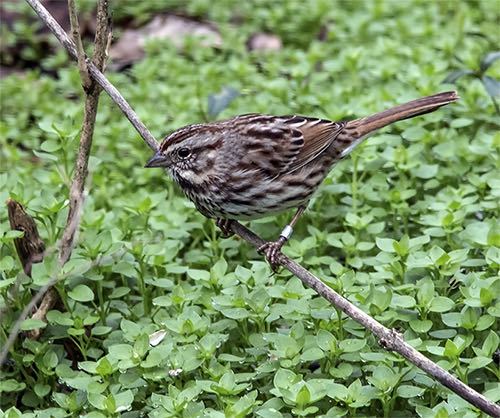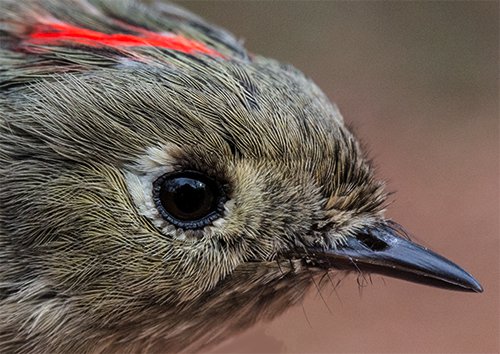- Established 1982 -HOME: www.hiltonpond.org
THIS WEEK at HILTON POND Subscribe for free to our award-winning nature newsletter (Back to Preceding Week; on to Next Week) |
Join Us for the |
|
--GivingTuesday Fundraiser-- Until 15 December Facebook/Meta will match donations to Hilton Pond Center and Operation RubyThroat via the link below. Last year our Facebook friends raised $3,750 through GivingTuesday. Can we match or beat that level in 2021? |
|---|
UNCOMMON AND OLD BIRDS, Mist nets at Hilton Pond Center yielded locally uncommon--even unprecedented--bird species for banding this fall, starting with a Blackburnian Warbler in early September (just our third in 40 years), that first South Carolina record for Broad-tailed Hummingbird on 20 September, a Blue-headed Vireo (#19) on Halloween, and on 6 November our fifth-ever Orange-crowned Warbler (OCWA, below).
All text, maps, charts & photos © Hilton Pond Center OCWA are one of the most common Wood Warblers in the western U.S. and southern tier of Canada but appear in the eastern U.S. only during migration. (They spend cold weather months in Mexico and in southeastern and western U.S. coastal areas. They are encountered regularly in winter across the Carolinas Lowcountry.) This week's 6 November capture was our first at Hilton Pond since 5 December 1998--the latter date suggesting OCWA occasionally overwinter in South Carolina's Piedmont. Our other three banding records are from spring: 14 April 1990 and 1993, and 18 April 1991. Orange-crowned Warbler is one of the plainest parulids, with no wing bars or tail spots, a faint line through the eye, and a broken eye ring. The crown is almost always hidden. (The bird we caught was an immature whose crown was even more obscure.) We suspect OCWA are often overlooked in the East or are confused with Tennessee Warblers (TEWA) or even with kinglets (which DO have wing bars).
All text, maps, charts & photos © Hilton Pond Center OCWA breed in diverse habitats out west, often nesting on or near ground level. They are primarily insectivores--feeding on small invertebrates--but also take berries and seeds (especially in winter). Like TEWA, Orange-crowned Warblers use small, pointy bills to puncture flowers and steal nectar without pollinating. All text, maps, charts & photos © Hilton Pond Center FISPS AND CHIPS Obviously not all bird species at Hilton Pond Center are abundant, but sometimes when we report a bird as a local rarity we hear a surprised response from folks who say "Oh, really? We get those all the time at our place." Such was the case this week when we captured a Field Sparrow (FISP, below).
All text, maps, charts & photos © Hilton Pond Center Folks sometimes confuse Field Sparrows with congeneric Chipping Sparrows (CHSP), but the pink bill, pale rusty cap, white eye ring, and pale face of a FISP (above) are very different from the CHSP (below, in non-breeding plumage) whose darker rusty cap, bi-colored bill (upper is black in breeding season), black line through the eye, and white superciliary line combine with a prominent gray rump.
All text, maps, charts & photos © Hilton Pond Center Chippies have a vast range, breeding across the continental U.S. and Canada, southern Alaska, and central Mexico before heading for Florida, Cuba, and northern Mexico in fall. We do capture a few at the Center during winter, but our big banding time is late March through mid-April as they apparently move north. By comparison, Field Sparrows are limited to the eastern U.S. and spend the winter throughout much of their breeding range. (NOTE: CHSP occur in disjunct year-round populations at several Central American locales. We have captured some of these non-migrants on our Ruby-throated Hummingbird study sites in Costa Rica's Central Valley.)
All text, maps, charts & photos © Hilton Pond Center FISP (above) are birds of open fields, something we have less of around Hilton Pond compared to the 1980s when our 11 acres were in early stages of vegetational succession. Even so, Field Sparrows have never been all that common locally; our best year was 44 banded in 1985, followed by 43 the next year and 35 in 1991 (the last "big" year.) During the past two decades we've captured only a couple per annum, and some years we get none; the one this week was our first banded since three in 2017.
All text, maps, charts & photos © Hilton Pond Center Most of our FISP captures have been during autumn in nets, with many fewer in seed-baited trips during winter months. In 40 years we've banded only 296 Field Sparrows. Compare that with almost a magnitude more for closely related Chipping Sparrows (above) at 2,472. All text, maps, charts & photos © Hilton Pond Center REDWINGS (NOT THE HOCKEY TEAM) As noted, we've been deploying mist nets nearly every morning this fall at Hilton Pond Center, with widely varying degrees of success. In late October and the first week in November we were catching and banding up 22 Yellow-rumped Warblers per day--plus other species--but mid-November was a tough go with several days tallying just one or two or three captures. On 20 November we opened nets as usual and settled in to see if things might improve.
All text, maps, charts & photos © Hilton Pond Center While waiting we looked out the kitchen window of the Center's old farmhouse and noticed a dark bird (above) foraging on the ground beneath a sunflower seed feeder. A quick look through binoculars confirmed our suspicion: Male Red-winged Blackbird (RWBL). Some folks might not be all that excited to see a RWBL at a backyard feeding station, but--believe it or not--this is an uncommon species around Hilton Pond. Some winters they show up by the hundreds in mixed flocks with several thousand Common Grackles, Rusty Blackbirds, and European Starlings, but most years we don't encounter them at all.
All text, maps, charts & photos © Hilton Pond Center Since this solitary Red-winged Blackbird was pecking through seed waste we decided for the first time this fall to set a ground trap under the feeder. Within two minutes of baiting the trap with mixed seed we caught a White-throated Sparrow, which we banded and released. Then, ten minutes later the blackbird was likewise in-hand.
All text, maps, charts & photos © Hilton Pond Center During breeding season adult male RWBL are solid black with their eponymous field mark--a crimson epaulet (detail below) edged with yellow. (Females and young males are brown with light and dark streaking.) By late fall, however, older males have acquired new brown-tipped black feathers on back and head (photo above). These tips wear off over time--in part due to self-preening--and come spring the male is again jet black and ready to attract a female.
All text, maps, charts & photos © Hilton Pond Center Note the long, straight, sharply pointed bill of the bird in our photos. The Red-winged Blackbird knows how to use these mandibles in self-defense, which is why a glove was prudent while taking numerous hand-held photos. By the way, this latest capture was just the 29th RWBL banded at the Center in 40 years! All text, maps, charts & photos © Hilton Pond Center OLD BIRDS We were privileged this week to recapture numerous birds we banded in years gone by--a few from quite a while back. Here's a sampling:
--Another White-throated Sparrow of unknown sex (indeterminate wing chord measure) was banded in January 2018 at the Center and is now classified as after-4th-year. --A Carolina Chickadee banded locally as a young bird of unknown sex in September 2015 was first recaptured in April 2016 with a well-developed cloacal protuberance signifying male. A non-migrant, he is now in his seventh year and undoubtedly breeds each year around Hilton Pond. --A Northern Cardinal banded in October 2017 as a young-male-of-the-year is now in his sixth year and also likely breeds in the vicinity of the Center.
All text, maps, charts & photos © Hilton Pond Center --A Song Sparrow (SOSP, above) banded here in January 2019 as a second-year bird of unknown sex is now fifth-year. Hilton Pond Center is just beyond the edge of SOSP breeding range, so this bird is technically a migrant--although possibly over just a short distance. --Two other individuals banded in 2018 as hatch-year birds are now in their fourth year: A male Tufted Titmouse (TUTI) and a female Carolina Wren (CARW). As sexually monomorphic species, they were sexed at time of first recapture in Spring 2018, the TUTI with a cloacal protuberance and the CARW with an incubation/brood patch. Both are frequent year-round recaptures and likely raise families in cavities at or near Hilton Pond Center.
All text, maps, charts & photos © Hilton Pond Center --One other bird that wasn't old is worth mentioning because it's a long-distance migrant species we seldom recapture in later years: A Ruby-crowned Kinglet (RCKI, above) banded in November 2020 as after-hatch year male and now after-2nd-year. This bird weighs only twice as much as a Ruby-throated Hummingbird, bred somewhere in Canada, and managed to fly to-and-from-and-to Hilton Pond Center--where it already has survived at least one South Carolina winter. It is significant kinglets we band here almost always have substantial furcular (wishbone) fat deposits that help them survive particularly cold nights in the Piedmont. All text, maps, charts & photos © Hilton Pond Center Don't forget to scroll down for lists of all birds banded and recaptured during the week. BIG LEAVES A nice and much-needed rain (0.56") around midnight on 11-12 November 2021--plus some gusty winds--brought down lots more fall foliage at Hilton Pond Center, including those from our many Yellow Poplars (aka Tulip Trees, Liriodendron tulipifera). Some of those leaves were amazingly large, nearly four times the surface area of a "normal" leaf (at center in our photo below) that is about 6" across.
All text, maps, charts & photos © Hilton Pond Center We should point out these monstrous leaves were from a six-foot tall Tulip Tree--not from towering competitors that grow to 75' in the canopy nearby and cast shade on shorter relatives. It's not unusual for young trees and sprouts to make oversized growths like this--an apparent attempt to provide as much leaf surface as possible despite a sapling's short stature. Photosynthesis fuels the young tree's growth, so greater leaf surface area means more cells with chloroplasts to produce simple sugars the growing tree needs. The Hilton Pond sapling that made these big leaves grew about 18" taller this summer. It will be interesting to see if it produces abnormally large foliage again next year. All text, maps, charts & photos © Hilton Pond Center HILTON POND SUNSETS "Never trust a person too lazy to get up for sunrise
All text, maps, charts & photos © Hilton Pond Center Sunset over Hilton Pond (above), 6 November 2021
All text, maps, charts & photos © Hilton Pond Center Sunset over Hilton Pond (above), 10 November 2021 Photoshop image post-processing for this page employs |
|---|
|
"This Week at Hilton Pond" is written and photographed by Dr. Bill Hilton Jr., executive director of Hilton Pond Center for Piedmont Natural History
|
|
|
Please refer "This Week at Hilton Pond" to others by clicking on this button: |
|

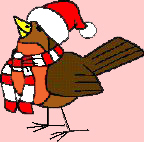
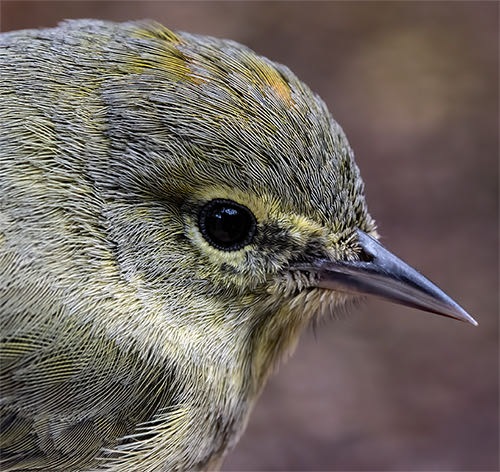
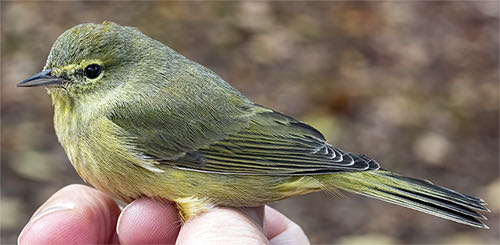
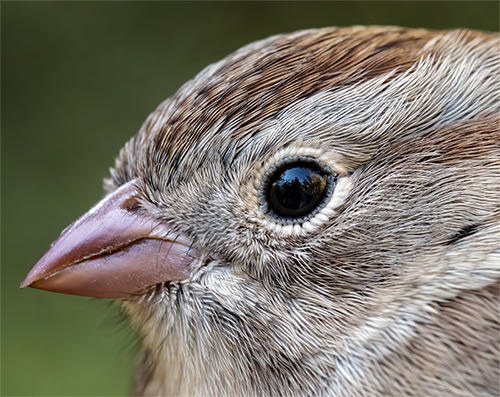

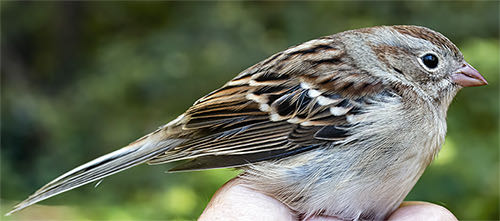
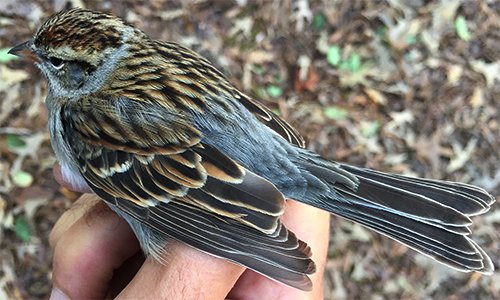

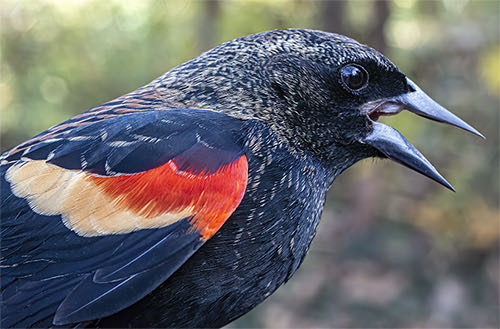
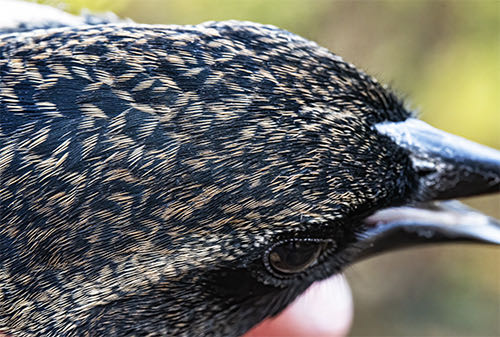
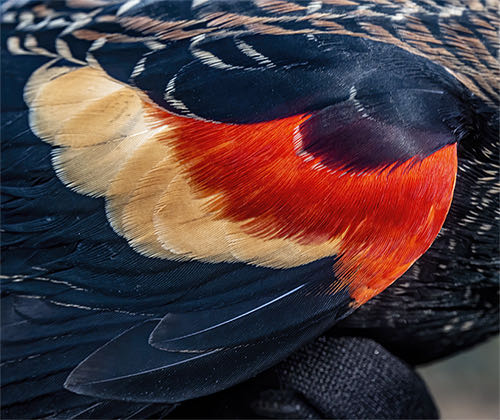
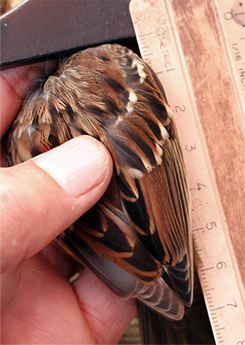 --A
--A 